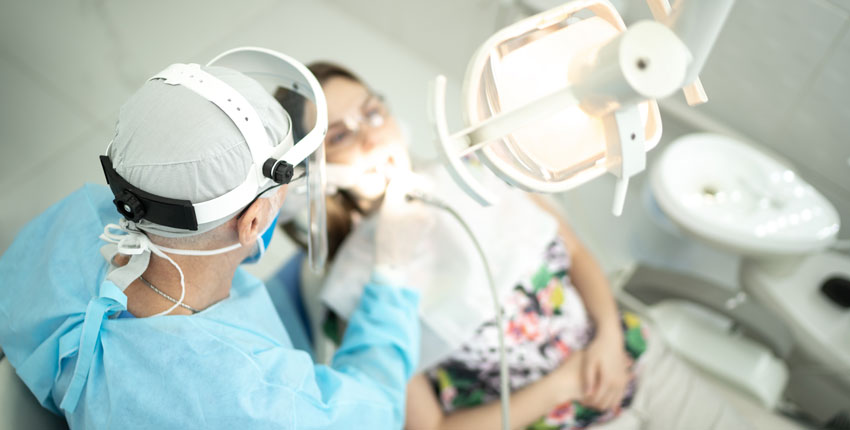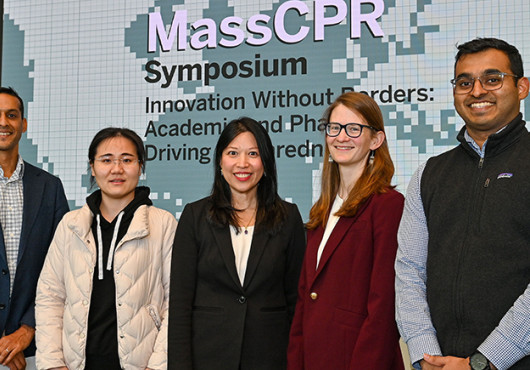
This article is part of Harvard Medical School’s continuing coverage of COVID-19.
At the height of the COVID-19 pandemic, many dental clinics faced temporary closure or capacity restrictions due to what was believed to be an increased risk associated with aerosol procedures.
Because dental procedures require clinicians to be in close proximity to their patient’s mouth and nose, practicing dentistry was considered to be a high risk for transmission of SARS-CoV-2 infection.
A new paper published on Dec. 13 in JAMA Network Open reveals that clinical activities did not increase the risk of infection when performed in a clinical care setting with practitioners wearing standard personal protective equipment and participating in comprehensive SARS-CoV-2 surveillance testing.
The study was conducted at Harvard School of Dental Medicine, an academic clinical care setting, between August 2020 and February 2022. HSDM is the only graduate school at Harvard University that provides direct patient care within university-operated facilities.
As part of Harvard University’s mandatory testing program, all on-site HSDM faculty, staff, and students participated in regular surveillance testing with a cadence that varied from one to three times per week depending on risk status. This program provided a pool of individuals in both clinical and nonclinical roles who were tested frequently for SARS-CoV-2.
“Our study found that the overall asymptomatic test positivity rate remained low, at 0.27 percent. Being involved in clinical activities did not increase the risk of COVID-19,” said Sung Choi, HSDM instructor in oral health policy and epidemiology and an author of the study.
“While individuals involved in clinical activities performed a higher number of tests per week on average, test positivity rates remained lower than in nonclinical individuals, ensuring safety of both patients and practitioners in clinical settings,” Choi said.
Science & Medicine, Delivered
Harvard Medicine magazine in your inbox








